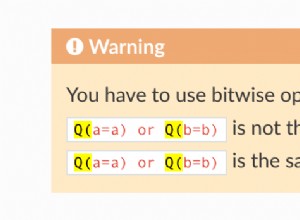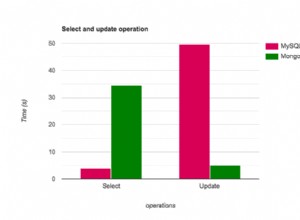Es gibt verschiedene Verhaltensweisen, die Sie Redis anweisen können, sich daran zu halten, wenn es seinen Speicher voll hat.
# volatile-lru -> remove the key with an expire set using an LRU algorithm
# allkeys-lru -> remove any key accordingly to the LRU algorithm
# volatile-random -> remove a random key with an expire set
# allkeys->random -> remove a random key, any key
# volatile-ttl -> remove the key with the nearest expire time (minor TTL)
# noeviction -> don't expire at all, just return an error on write operations
der Standardwert ist
# maxmemory-policy volatile-lru
Vielleicht ist die beste Option 'volatile-ttl', und stellen Sie sicher, dass alle Ihre Caches die :expires_in-Optionen enthalten.
Ich bin kein Experte und ich habe dies nicht getan. Dies basiert nur auf meinem aktuellen Verständnis von Redis und Rails.




